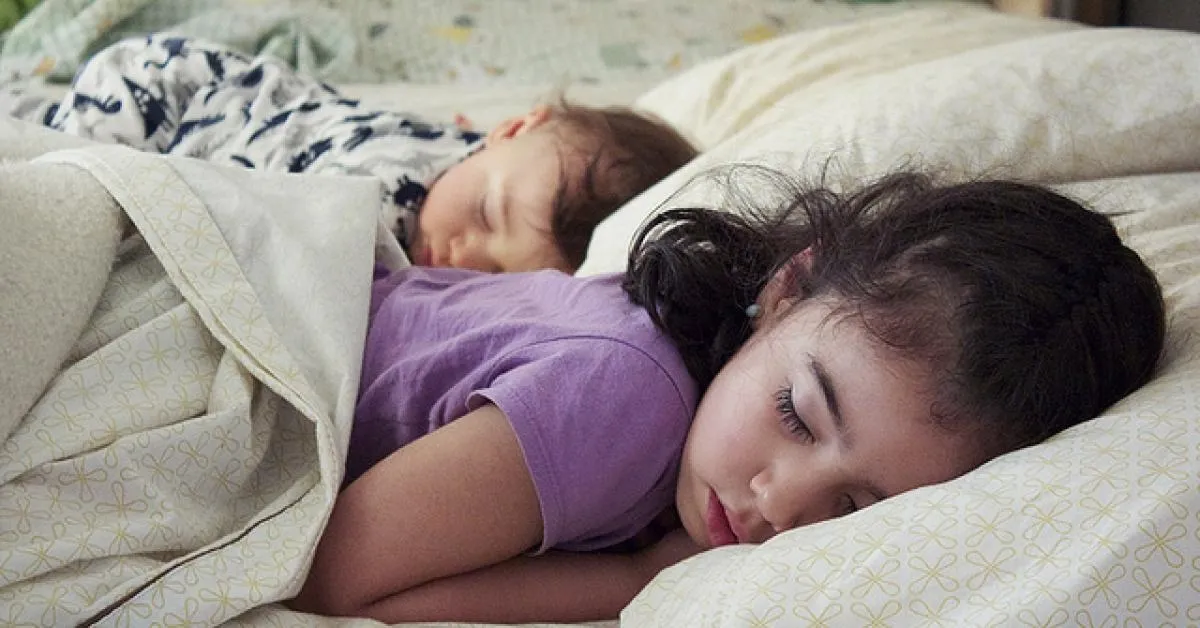A recent study suggests that glycemic variability in children with type 1 diabetes mellitus is more influenced by sleep quality than by total sleep duration.The results highlight the importance of promoting healthy sleep habits in children.
Type 1 diabetes mellitus is the most frequent chronic childhood disease.Several studies have investigated possible relationships between this disease and sleep.For example, a study showed that a suboptimal duration of sleep can contribute to insulin resistance and affect glucose metabolism, which leads to high blood glucose levels.On the other hand, adequate duration of sleep was associated with a better handling of a diabetes mellitus.
A study examines the association between sleep characteristics and glycemic variability
Therefore, a recent cross -sectional study examined the characteristics of the sleep and its association with glycemic variability in children with type 1 diabetes mellitus. In total, 84 children were included in the prospective study.The average age of the participants was 10.5 years.They had suffered diabetes mellitus for an average of 3.1 years.The average HBA1C was 7.1%.
The children showed hypoglycemia during 6% of the day and suffered severe hypoglycemia for an average of 0.6% of the day.
most with total duration of suboptimal sleep
Although 88.1% of the participants slept less than recommended for their age (& lt; 9 hours for children from 6 to 13 years and & lt; 8 hours for children from 14 to 17 years old), the total sleep time did not showAssociation with glycemic variability during the day or night.This indicates that the total sleep time is not the only factor that influences the desired glycemic levels in children with diabetes mellitus.
evening chronotype and hypoglycemia time
The scientists also determined the chronotypes of the study participants.Cronotypes determine preferred hours to bed and get up.They are classified as morning, normal/mixed and evening type.
Children were classified by 50% as a mixed type, 45.2% as evening type and 4.8% as a morning type.A stronger evening preference was associated with a more frequent hypoglycemia (p = 0.002).Scientists suspect that a cause of this could be the unhealthy eating habit.This would result in subóptimal blood glucose levels and a higher risk of hypoglycemia.
sleep quality and risk of poor glycemic results
Under sleep quality, several objective parameters such as latency of sleep, number of night awakenings, sleep efficiency and night vigil were grouped.
The quality of the sleep was classified as poor in 56% of the participants.It did not differ significantly depending on sex, the duration of diabetes, the total daily dose of insulin, the HBA1C level and the puberty stadium.The participants who were within the target range of blood glucose values had a 2.9 times greater risk of having a poor sleep quality (p = 0.023).
lower glycemic variability with greater sleep efficiency
It was observed that a prolonged night vigil was significantly associated with more frequent hypoglycemia during the day, as well as with a greater glycemic variability during the night (p = 0.046 and p = 0.015, respectively).It was also observed that patients had a higher blood glucose index during the day with a greater latency of entry to sleep.
sleep efficiency influences the objective range of glucose
In addition, waking up more frequently after falling asleep also led to a greaterglycemic variability and more prolonged night hyperglycemia.A lower sleep efficiency and greater latency were also associated until the beginning of the dream with greater glycemic variability during the night (p = 0.016 and p = 0.017, respectively).
On the other hand, greater sleep efficiency was associated with an average level of lower blood glucose during the night, a lower glycemic variability during the night, a longer time in the objective range of glucose during the night and a shorter time ofNight hyperglycemia.
take into account sleep patterns and chronotypes in handling therapy
In general, these results show that both sleep patterns and individual chronotypes should be taken into account in the handling of children with diabetes mellitus type 1. Improving sleep quality and having a conscious awareness of the chronotype could have effectspositive in the glycemic result.


